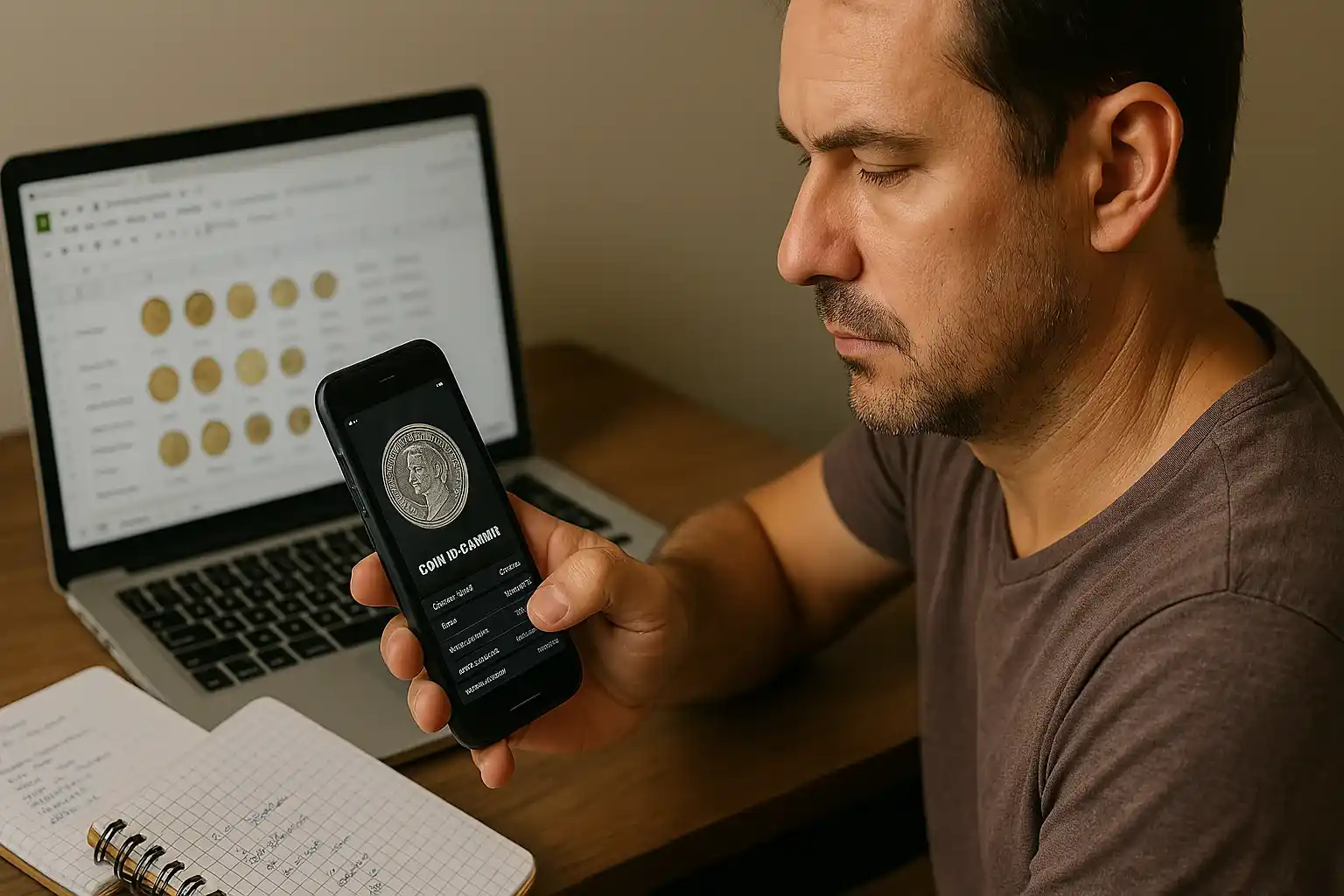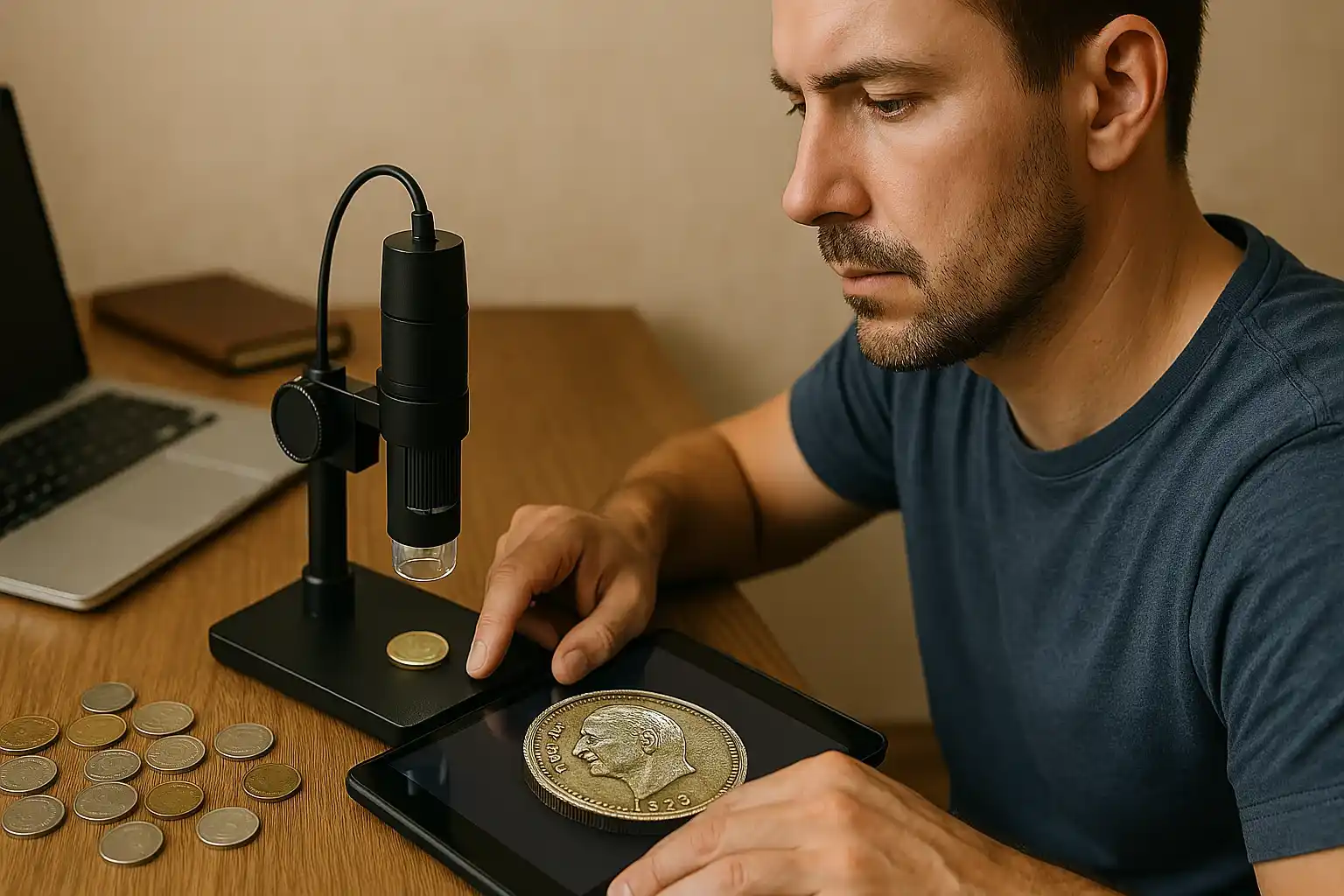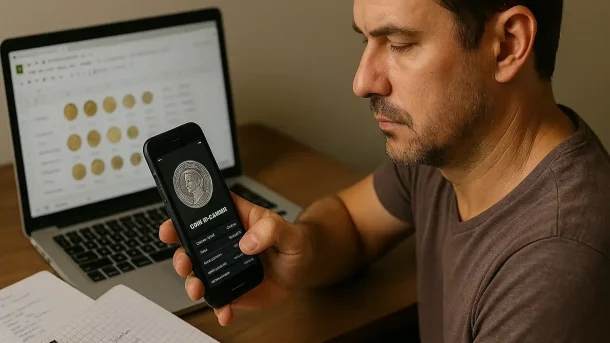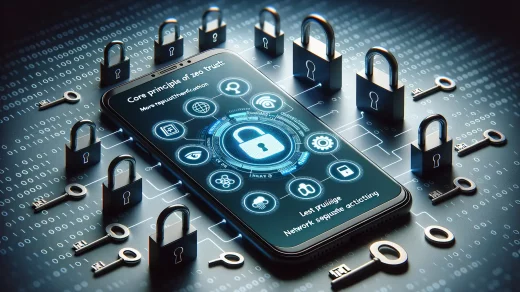Assessing the quality of a digital tool is like trying to find a true Mexican coins value among dozens of shiny but deceptive coins. At a glance, they all seem equally good, but the true value lies in the details – as is the case with mobile apps for collectors.
Today, the world of numismatics goes beyond albums and display cases. And the digital age brings convenient but not always secure solutions from coin scanners to cloud catalogs. The question of security comes to the fore: how can you protect your collectible data, avoid losing photos of rare specimens and still use modern services?
Today, we would like to discuss which gadgets and apps are really trustworthy, how to choose the ones that won’t compromise your collection .You’ll find tips and tricks, interesting facts and a list of proven solutions to make your hobby a joy, not a headache.
Why Coin Collectors Love (and Need) Modern Tech
Gone are the days when collectors kept scribbled notes in dusty notebooks. Today, it is all about speed and convenience – scan a coin, pull up its value, store the details, and share them with fellow collectors, all with a few taps on your phone. Apps and gadgets have turned collecting into a high-tech hobby, making it easier, smarter, and way more fun.
With mobile scanners and AI tools, you can spot rare coins in seconds, log your finds instantly, and check market prices from Istanbul to Indiana. But here’s the flip side: the more digital we go, the more we need to think about data safety. What happens if your collection info gets hacked, lost, or leaked? That is where smart digital habits come in.
How to Know If a Coin App Is Actually Safe
Before you install that shiny new app that promises to “organize your collection in one click,” take a breath and do a little detective work:
- Check the permissions: Is the app asking to access your camera? Okay, but your contacts and microphone? Probably not necessary.
- Read the reviews: Other collectors will often tell you what’s great – or not so good – about the app.
- Look at the privacy policy: No policy or a super vague one? Big red flag. A good app will explain how it protects your data.
Pro tip: Turn on fingerprint or face unlock for the device where you keep your collection data – and always back it up somewhere safe.

Coin ID Scanner: A Trusted Digital Assistant for Every Collector
In the world of coin collecting, Coin ID Scanner enters the scene, as due to it you can make the difference between a guess and a goldmine. The tool is more than just another app, but as a truly reliable digital companion for modern-day specialists who care about both accuracy and security.
Coin ID Scanner uses advanced image recognition technology: simply point your smartphone camera at a coin, and the app quickly analyzes the shape, inscriptions, mint marks, and even design surface features. Within seconds, it provides real-time information about the coin’s country of origin, year of minting, denomination, possible minting errors, and estimated market value. For a collector on the go, that’s like carrying an expert numismatist in your pocket.
Why collectors trust Coin ID Scanner:
- Accurate global coin recognition powered by advanced visual AI
- Minimal permissions – no hidden data collection
- Offline functionality for true portability
- Access to a vast coin database (more than 150,000 coins) with updated values and historical info
- Intuitive interface that even beginners can master in minutes
Tip for collectors: Use the app to catalog your collection regularly. Create a digital log of each coin you scan, including condition notes and where you acquired it. Over time, this becomes a valuable backup and reference that could protect your investment.
The Modern Collector’s Toolkit – Gadgets, Clouds, and Digital Wizards
In the world of collecting, the weight of a coin might stay the same, but the tools collectors use have become lighter, smarter, and far more powerful. No longer are magnifying glasses and dusty folders enough. In today’s tech-driven hobby, the modern numismatist needs a digital sidekick – or a few.
Best Gadgets for Coin Collectors
Let’s talk honestly. Whether you’re cataloging rare coins or examining micro-details on a 19th-century penny, your gadgets are your new best friends. Below in the table you can find some the top tools – and what makes them essential:
| Gadget | Use case | Pro tip / hack |
| Smartphone with macro camera | High-res coin photography, quick app integration | Use “pro” mode to adjust ISO for sharper shots |
| Clip-on macro lens | Improves mobile cameras for close-ups | Budget-friendly alternative to digital microscopes |
| Digital microscope | Detects fine cracks, mint errors, edge details | Record video while inspecting for future analysis |
| Portable ring light | Reduces shadows for accurate photos | Choose one with adjustable brightness levels |
| Encrypted USB flash drive | Stores backups and sensitive info offline | Pick a model with biometric lock if possible |
| Tablet / iPad | On-the-go cataloging, app multitasking | Sync with stylus for handwritten notes or sketches |
Interesting fact: The U.S. Secret Service reportedly uses high-definition microscopes to detect counterfeit bills. With similar tools, collectors can examine coin patterns just like professionals!
Cloud Storage and Backup Safety
Uploading your collection to the cloud may sound risky – but when done right, it’s your best safety net. Services like Google Drive, iCloud, or Dropbox offer ease, but not all clouds are created equal.
Security steps to implement:
- Always enable two-factor authentication (2FA). It’s simple but highly effective.
- Use password managers to generate and store unique sequences.
- Don’t keep all your data in one basket – split sensitive files across multiple platforms (e.g., photos on Google Drive, catalog sheets on OneDrive).
Trick: Rename your files with coded names (e.g., “C-1922-SV” instead of “1922 Silver Dollar”) to prevent easy identification if your cloud is compromised. And before uploading, encrypt sensitive files using tools like Veracrypt or AxCrypt to add an extra wall between your collection and potential snoopers.
How to Store and Back Up a Digital Collection
Once you’ve scanned, categorized, and secured your collection, don’t let all that effort go to waste. Backing up your digital database is just as important as locking your display case. So, always keep at least two digital backups: one in the cloud and one offline, such as on an encrypted USB or external hard drive.
Export your data regularly in universal formats – CSV or PDF work best – so you are not tied to one app forever. It also helps to print out a physical version of your catalog every few months. Paper might seem old-school, but it is immune to cyber threats.
Collector’s tip: Some numismatists use Notion or Trello to build beautiful, searchable digital libraries. So, you can consider pairing them with image scans and or Coin ID Scanner results to create a well-rounded, secure archive.

Technology for the Benefit of a Man
The digital age has made coin collecting as exciting as a treasure chase in the virtual world. But, as in any hunt, it is important to find as well as preserve your prey. So, let your smartphone become a magnifying glass, the cloud – a safe, and the application – a faithful guardian. After all, not only rare specimens are important in a collection, but also the ability to protect them.





